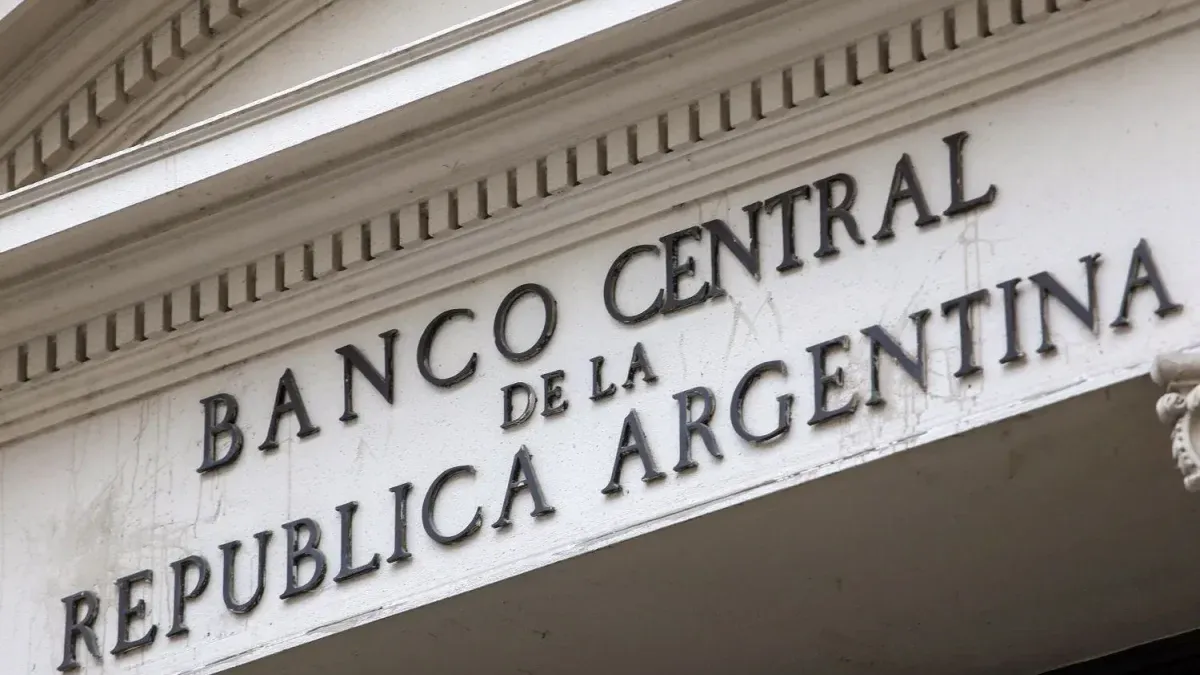This Thursday, the BCRA finished placing the planned US$10 billion of BOPREAL. In principle, it will take the next few days to define what it will do with the dollar bonus for importers and companies with unpaid profits.
This Thursday, the Central Bank completed the placement of series 3 of the BOPREAL after the rise of parallel dollars. Thus, it exhausted the issuance of the US$10,000 million that it had scheduled almost at the beginning of the administration for the three types of this bond in dollars initially aimed only at importers with commercial debts and later also at companies with balances of profits and dividends. defaults. Now, officials analyze what to do with this tool: if they expand the broadcast or they terminate it.
The content you want to access is exclusive to subscribers.
As Ámbito was able to compare with important official sources, the decision has not yet been made. In principle, a new tender is not expected to be announced next week. The idea, if there are no changes, is to take those days to see what is “the feedback” of companies and the market (which went through the most tense week of the Milei era) to define the next steps, the sources explained.


In the City they propose that one of the questions to be clarified is whether, in this framework, there is such a potential demand that, according to the official view, it merits expanding the issuance of BOPREAL or some alternative tool. In the last tender, which had the incentive of the compression of the gap between the exchange rate implicit in the bond and the cash settlement rate (from the escalation of parallel dollars) and for which there was a remainder to be placed just US$60 million, the purchasing positions of the companies were not too higher (US$90.9 million).
As a background, there is the path that the Government wants to propose with a view to lifting exchange restrictions. The President recently mentioned, on several occasions, that there are three obstacles to overcome before doing so. One is, precisely, the potential demand for foreign currency represented by the dividends and profits that companies were not able to cancel in recent years due to exchange control, for which the economic team does not have a clear estimate of its magnitude. The other two are the paid liabilities of the BCRA ($24 billion, according to the latest official data), which the Government pushes to migrate to Treasury debt, and the puts or insurance on public securities that the Central placed with the banks (approximately another $20 billion, according to private estimates) .
These are different routes of demand for foreign currency that could put pressure on the exchange rate once the restrictions are lifted. Officials do not want to rush to open the stocks because they fear not being able to face a run on the official market. That is why Luis Caputo reiterated last Tuesday at the IAEF congress that there is no defined date to remove the controls and that they are still far from having sufficient reserves in the Central Bank to avoid a surprise exit.
The role of BOPREAL
Within this framework, this month, the BCRA extended the possibility of subscribing to the BOPREAL to channel the payment of dividends and profits of companies to their shareholders abroad. Until that moment, it was only available to convey the commercial debt of importers.
BOPREAL was proposed by the economic team, almost from the beginning of the administration, as an important piece of its transition strategy towards the lifting of the exchange rate and a new monetary regime, which have not yet emerged as an immediate possibility. The rise in financial dollars over the past few days seemed to reflect this.
The tool targeted several fronts at the same time. It was designed to decompress the situation of import liabilities, which also continued to grow due to the staggered payment system implemented by the current administration, which added some US$14,000 million of commercial debt. Also to aspire pesos and to dollarize a portion of the BCRA’s paid debt. As these are bonds denominated in dollars that are subscribed in pesos, until now they have been used to convert a part of the repos (Central instruments in local currency) into a new liability in foreign currency for US$10,000 million.
Source: Ambito




